 When a man married two women with the same first name in colonial America and the early post-revolutionary United States, genealogical misidentifications become more likely since the wife generally took her husband’s name in all subsequent records. Children may get assigned to the wrong mother; in this case, the two wives were “merged” into one wife. Continue reading Who’s Phebe?
When a man married two women with the same first name in colonial America and the early post-revolutionary United States, genealogical misidentifications become more likely since the wife generally took her husband’s name in all subsequent records. Children may get assigned to the wrong mother; in this case, the two wives were “merged” into one wife. Continue reading Who’s Phebe?
The last Grand Sachem
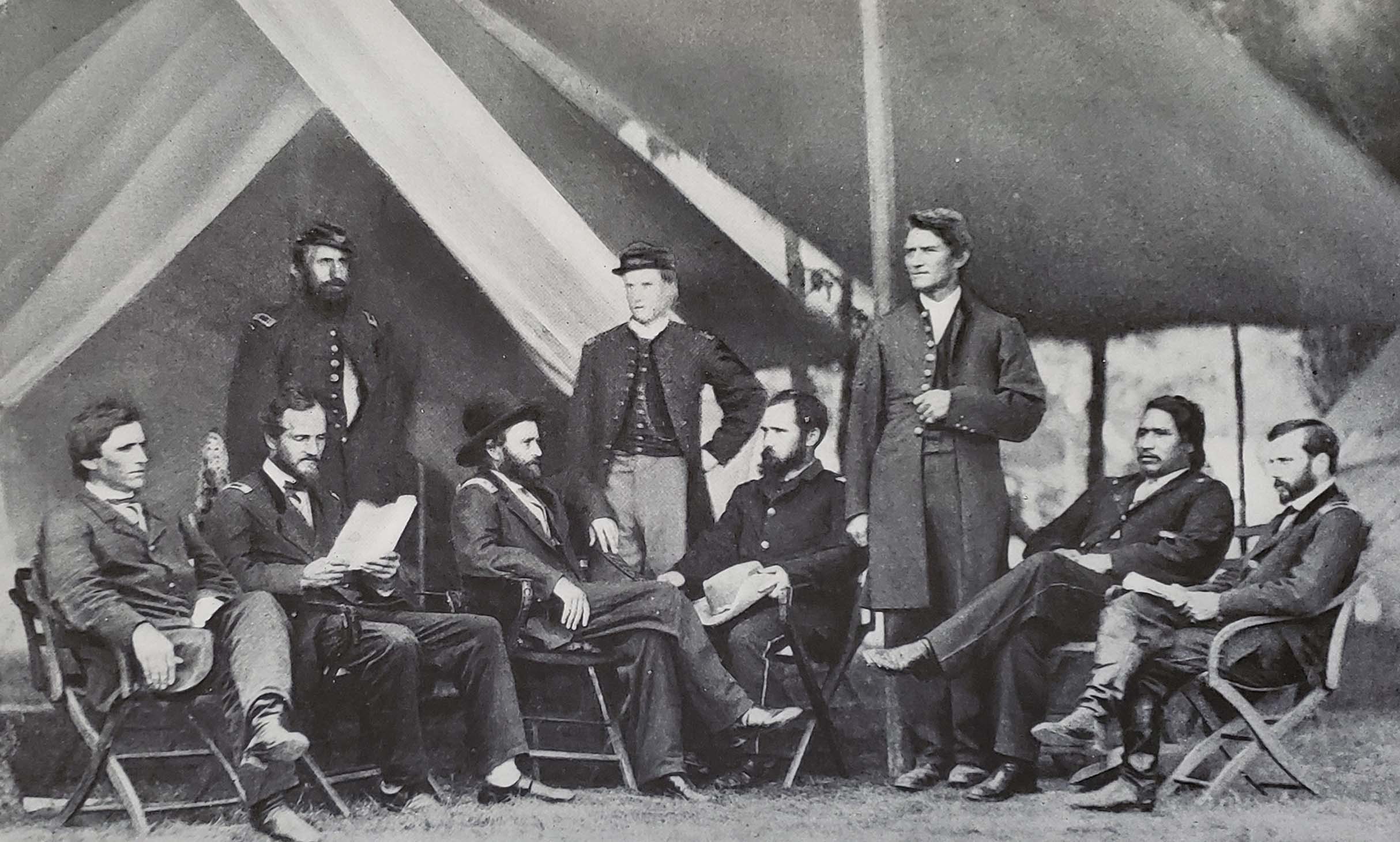
Some years ago I was looking through a set of books that had been given to me by my wife’s grandmother. They were pictorial and history volumes relating events of the Civil War. This set was a memorial published 50 years after the war, in 1911, and there are hundreds of photographs in the ten volumes, many of which were taken by famed photographer Mathew Brady. While most of the pictures were interesting, there was one that immediately captured my attention. It was a photo of General Ulysses S. Grant and his staff just prior to the surrender of Robert E. Lee at Appomattox. The caption below the picture reads in part “… the Articles of Surrender which reunited a nation were inscribed in the handwriting of a descendant of the Seneca tribe of the Iroquois Indians of New York State.” I was astonished. None of the history books or teachers that I had ever mentioned that the articles of surrender at Appomattox had been penned by a full-blooded American Indian. I was also curious about how this came to be. Who was this person? I was determined to learn more. Continue reading The last Grand Sachem
The fabric is all
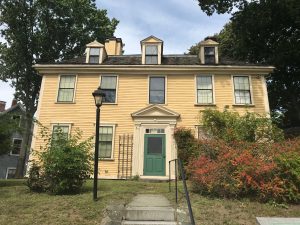 It has been a while since I’ve written an installment about the Rev. Thomas Cary’s diary. Indeed, it has been a while since I’ve written a post about anything, since I’ve been on a five-week trip with my husband along the East Coast as part of his sabbatical. Now I’m back and have loads of great new stuff to share!
It has been a while since I’ve written an installment about the Rev. Thomas Cary’s diary. Indeed, it has been a while since I’ve written a post about anything, since I’ve been on a five-week trip with my husband along the East Coast as part of his sabbatical. Now I’m back and have loads of great new stuff to share!
The first is my pilgrimage to the Chelsea, Massachusetts, house that Thomas wrote of staying in regularly sometime after his mother’s death. Continue reading The fabric is all
Never too old to celebrate
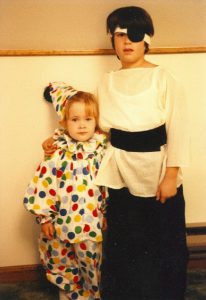 We all have fond memories of growing up with family around us. As we age, family members pass on, but our memories stay strong – often we find ourselves reminiscing around the holidays. Halloween is one of those holidays that we never grow too old to celebrate!
We all have fond memories of growing up with family around us. As we age, family members pass on, but our memories stay strong – often we find ourselves reminiscing around the holidays. Halloween is one of those holidays that we never grow too old to celebrate!
I grew up in a large neighborhood from the time I was two years old until I graduated from high school. There were always kids around to play with – in fact, I’m still great friends with those same kids! Like most neighborhoods in Massachusetts at that time, we always had a place to go trick-or-treating that was safe and close-by. We had the house playing creepy music, the house that gave out king-size candy bars (my Dad worked for Nestle!), and even a neighbor who would hide in his front bushes to jump out and scare us at the right moment. Continue reading Never too old to celebrate
Sitting pretty
 Sitting in an estate of 10,000 acres, Castle Howard is generally considered the finest private residence in Yorkshire and the first great British house of the eighteenth century. Built to the designs of Sir John Vanbrugh, one of England’s greatest architects, for Charles Howard, 3rd Earl of Carlisle, the house cost the immense sum of £78,000 (approximately £154 million in inflation-adjusted values) and is noted for its great dome, the first on a private house in Britain. Continue reading Sitting pretty
Sitting in an estate of 10,000 acres, Castle Howard is generally considered the finest private residence in Yorkshire and the first great British house of the eighteenth century. Built to the designs of Sir John Vanbrugh, one of England’s greatest architects, for Charles Howard, 3rd Earl of Carlisle, the house cost the immense sum of £78,000 (approximately £154 million in inflation-adjusted values) and is noted for its great dome, the first on a private house in Britain. Continue reading Sitting pretty
History repeats
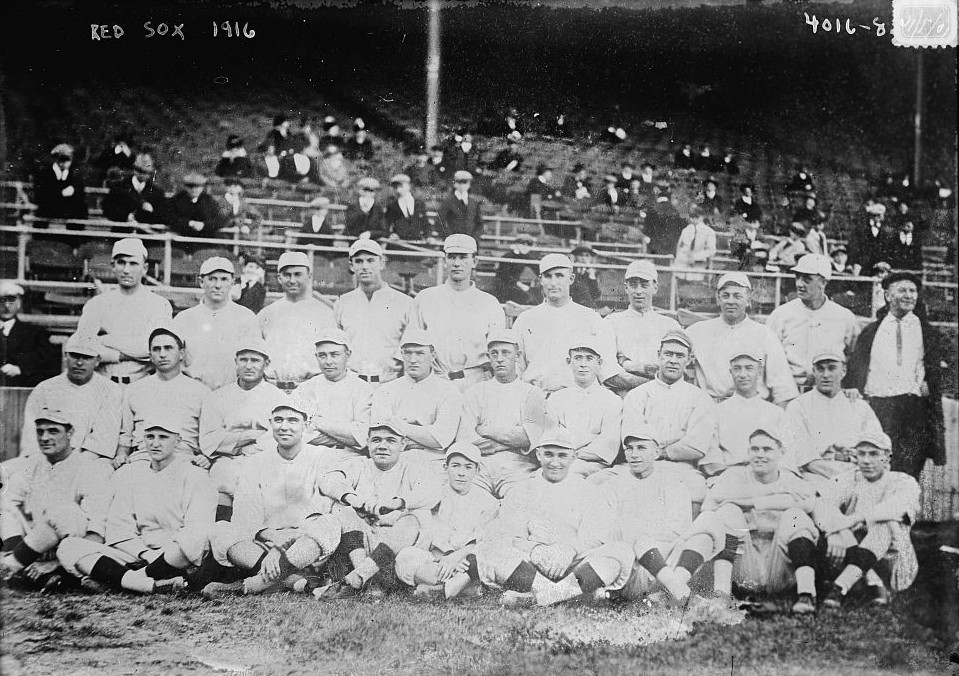
Between 1919 and 2003, a Boston loss in the fall classic of the World Series was, sadly, a familiar occurrence. In the decades before 1919, things were different. The Boston Americans rallied to beat the Pittsburgh Pirates in the first World Series in 1903. During the second decade of the twentieth century, the Red Sox were alive and well with pitching, fielding, and batting as they won the 1912, 1915, 1916, and 1918 World Series. This month, one hundred and two years of history repeat. In the 2018 World Series, the Boston Red Sox are once more playing the Los Angeles Dodgers. Continue reading History repeats
Something about Sarah

She was right there, exactly where I had left her – twenty or so years ago. Even now, she seemed to stare back at me from her vantage point in time, one made up of long-ago names and foggy dates in an old ahnentafel. I like to say I’d forgotten all about Sarah, but the truth is I never have, as the “who of just who” Sarah was in this world has always nagged at me. I have to believe that Sarah would have known this about me, too, figuring that I’d always make my way back to study her life again. I guess it’s because Sarah’s life looks to have had no beginning or end to it; only “a middle,” if you will. It’s been those fuzzy edges in the middle that have kept drawing me back in – and leaving me wanting to know more about Sarah. Continue reading Something about Sarah
Keeping up with the Joneses

My earlier discussion of genealogical uncertainty focused on uncertain genealogical connections. This discussion will explore uncertainty in biographical information about ancestors or relatives.
Years ago, when I started exploring the ancestry of my father’s great-grandmother, Hannah Maria (Salisbury) Olmsted (1829–1887), I fairly soon found an abundance of information in Richard LeBaron Bowen’s four-volume Early Rehoboth: Documented Historical Studies.[1] In particular, I learned the gruesome details of the death of my Salisbury immigrant ancestor William and his oldest son, John, brother of my ancestor Samuel Salisbury, in the contentious time at the beginning of King Philip’s War. Because of tense relations with the natives, most English colonists had left their homes and gathered in fortified garrisons. Continue reading Keeping up with the Joneses
Reuniting families
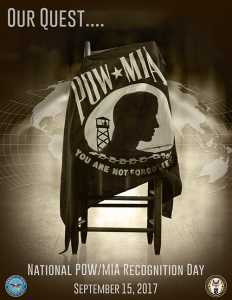 My biggest fear was marrying someone in the military.
My biggest fear was marrying someone in the military.
I couldn’t fathom the idea of being a military wife with all its different aspects. I didn’t like the idea of my fate and my husband’s fate being decided by the winds of politics and world commotion. I didn’t like the idea that, any day, they could need him and deploy his unit, and I would be stuck at home, alone, waiting for him to come back. One question haunted me as I was dating and falling in love with the soldier who would become my husband:
What if he left and never came back? Continue reading Reuniting families
‘An ornament to the city’
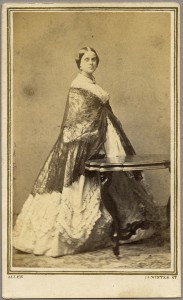
61 Bowdoin Street, Boston, Wednesday, 13 December 1865: We think now that Lizzie began weeks ago to realize or at least to fear her sickness was a mortal one. While we continued to hope her exhaustion was largely due to nervous depression and would pass off with the nausea, she was sadly conscious of the inward sapping of the springs of life, and her thoughts instinctively dwelt upon ideas of death & burial. She roused from a doze some weeks since, and said “I have had a vision – you will laugh at me, and say it was a dream – but I saw Wesley & Joseph” (my brother’s two men-servants) “come along the entry and into the room with the tressels which were used for John,[3] and set them down here, saying, ‘They must be ready for Miss Lizzie.’”
“Oh, honey,” said Sallie [Shober],[4] who was with her, “of course it was a dream, you are so restless & feverish.” Continue reading ‘An ornament to the city’